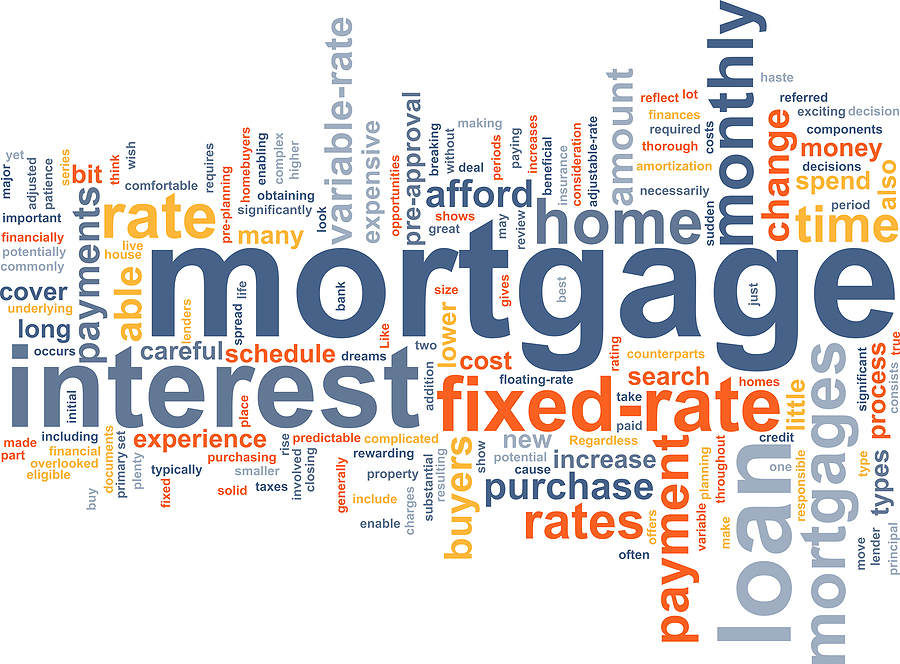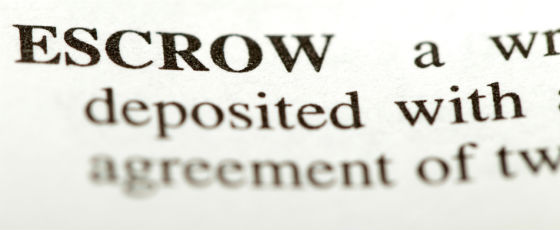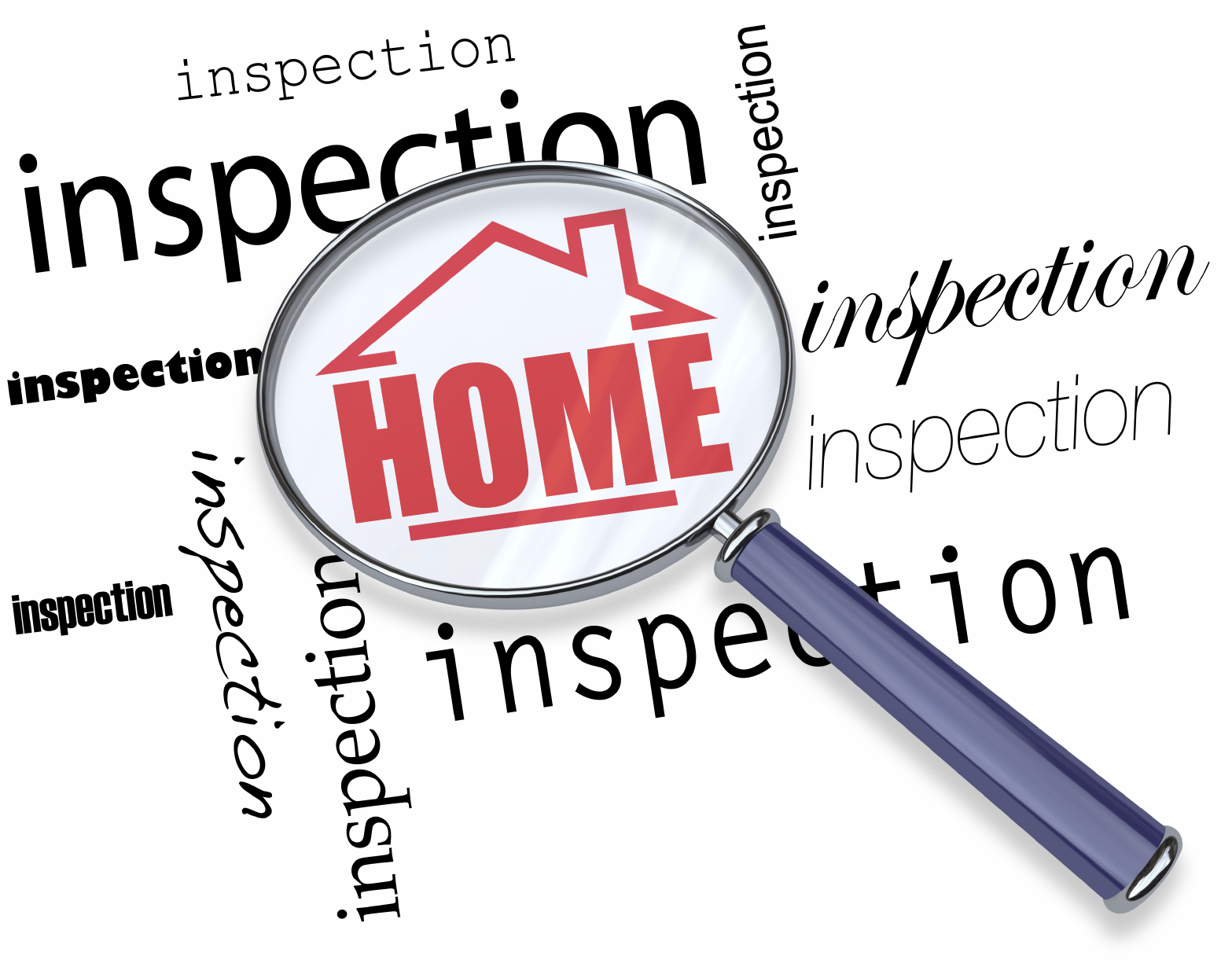 Whether you’re a first-time homebuyer just learning about mortgages or you’re a seasoned homeowner looking to refinance, the choices can seem overwhelming. Here’s how to find the right mortgage and lock in the best rate.
Whether you’re a first-time homebuyer just learning about mortgages or you’re a seasoned homeowner looking to refinance, the choices can seem overwhelming. Here’s how to find the right mortgage and lock in the best rate.
THE BASICS OF MORTGAGES
A mortgage is a long-term home loan through a financial institution, with a house or other property serving as collateral. The most common types are fixed-rate mortgages and adjustable-rate mortgages.
Fixed-rate mortgage: This is most often available in 15-year and 30-year options. With a fixed mortgage, your interest rate remains the same for the life of the loan and you’ll always have the same monthly payment.
With a 30-year mortgage, your monthly payments will be lower since you have 15 more years to pay off the loan. However, you’ll pay less total interest over the life of a 15-year loan. Which loan is right for you depends in part on whether you can afford the higher monthly payments.
Adjustable rate mortgage: The interest rate on an ARM changes every year based on the market, but this loan might come with an initial fixed rate. For example, the rate on a 5/1 hybrid ARM is fixed for the first five years. After that, the rate adjusts annually based on the market.
The initial interest rate on an ARM is typically lower than for a fixed-rate mortgage. Generally speaking, ARMs make the most sense if you plan to sell or refinance your home before the initial fixed-rate period is up. For instance, if you are planning to sell your home in three to five years, a 5/1 ARM might make more sense for you than a 15- or 30-year fixed-rate mortgage.
With an ARM, your mortgage payments could jump should interests rates rise and you’re unable or unwilling to sell or refinance. It could be disastrous if you’re not prepared.
Nonconforming mortgage: Government agencies Fannie Mae and Freddie Mac end up buying or backing most mortgages. But Fannie and Freddie will only deal with loans up to $417,000 (or $625,500 in Alaska, Guam, Hawaii and the U.S. Virgin Islands). Larger mortgages are “nonconforming.” These often come with higher interest rates.
HOW TO QUALIFY FOR THE BEST INTEREST RATE
Generally speaking, several outside factors influence how rates trend over time, including the Federal Reserve’s asset purchases, housing demand and the secondary market for mortgage-backed securities. But most of what affects your chances of getting the best rate at any given time lies within your control.
When deciding whether you’re a good risk for their money, lenders will study your income, credit score, employment history, liquid assets, down payment, the type of property you’re buying and its value. Here are specific steps you can take to help your cause:
1. Know your credit score
Your credit score is the foundation for your personal financial profile. The most commonly used score is issued by Fair Isaac Corp. (FICO) and grades you in five different areas, each making up a percentage of your grade. These are:
- payment history (35%)
- money owed (30%)
- length of credit history (15%)
- types of credit in use (10%)
- new credit (10%)
FICO scores range from 300 to 850; the higher the score, the better. The best candidates have low credit card and loan balances, and long histories of on-time payments and ongoing credit accounts, so make sure your credit report is error-free. You can access it for no cost at annualcreditreport.com, where you can see one copy every year from each of the three credit reporting agencies (Experian, TransUnion, and Equifax). If you find mistakes, contact the company to correct them.
2. Get out of debt
Too much debt makes you a bad risk. Lenders look at your debt-to-income ratio, or DTI, to determine whether you’ll qualify for the best current interest rate. Lower your DTI by paying down your plastic. This will most likely raise your FICO score as well.
3. Prepare your financial documents
In 2014, the Consumer Financial Protection Bureau implemented rules that protect you from loans for which you’re not qualified, so you’ll be less likely to suffer a mortgage default. As a result, lenders are under more pressure to diligently review your financial records. They’ll scrupulously look at your income, assets, debts and credit accounts. If they see anything out of the ordinary, they’ll request explanations, so keep copious records. A clean bill of financial health helps you qualify for a low mortgage interest rate.
4. Think about mortgage rate locks and points
With a rate lock, the lender commits to giving you a specific interest rate, even if your loan hasn’t yet closed. Read the Federal Reserve’s Consumer’s Guide to Mortgage Lock-Ins to learn more.
Another way to reduce your mortgage rate is to pay “points” (essentially, a set dollar amount of prepaid interest) in exchange for lowering your interest rate over the life of the loan by a certain amount. One “point” equals 1% of the amount of your mortgage. This strategy is generally more beneficial the longer you stay in your home. Points may also be tax deductible.
FHA LOANS
An FHA loan refers to a mortgage loan that is insured by the Federal Housing Administration. FHA loans are designed specifically for first-time homebuyers and usually only require a minimum down payment of 3.5%. They’re typically 30-year fixed mortgages.
FHA loans are very attractive for first-time homebuyers who might not be able to afford the desired 20% down payment that comes with a conventional mortgage. Imagine you find a home you really love for $300,000. You can afford the monthly payments, but not a $60,000 down payment plus closing costs. If you put 3.5% down, you’d only have to spend $10,500 upfront.
FHA loans may sound too good to be true — and there is a catch. Because you’re putting less than 20% down, you’ll have to pay two forms of mortgage insurance.
First, you’ll pay an upfront mortgage insurance premium of 1.75% of the loan. For example, on a $240,000 mortgage, you’ll pay $4,200. This is usually included in the mortgage, so you might not have to pay out of pocket.
Second, you will pay an annual mortgage insurance premium, which is charged monthly. The rate can fluctuate and your payment may vary. Say the current annual premium is 1.3% for a loan for less than $625,000 and a term greater than 15 years. On that $240,000 mortgage, you’d end up paying $3,120 a year, or $260 per month.
Bear in mind you can consider refinancing your mortgage to get rid of the FHA loan once you have enough equity in the home to do so.
While a lower down payment might be appealing, we suggest crunching the numbers. You may find it’s cheaper in the long run to save for the 20% down.
VA loans
The Veterans Affairs loan program was created in 1944 to assist military service members with home purchases after returning from duty. A VA loan can offer up to 100% financing for a borrower, effectively canceling out the requirement of any down payment.
VA loans, which are backed by the federal government, are easier to qualify for than conventional mortgages because they require banks to take on less risk. VA loan borrowers generally can’t exceed a 41% debt-to-income ratio, and most VA-approved lenders are looking for a credit score of at least 620.
A VA loan borrower must have been an active-duty veteran with a minimum of 90 days of service during wars or 181 consecutive days of active service during peacetime. Alternatively, serving for six years in the National Guard or Reserves also qualifies an individual. And under certain conditions, a deceased veteran’s spouse can be eligible for a VA loan.
Of course, as with a conventional loan, VA loan borrowers must be able to provide sufficient required documentation to prove their veteran status, income, assets and liabilities. Applicants will also need to obtain a DD-214, showing proof of military service, and their Certificate of Eligibility, serving as proof of eligibility for the VA loan.
USDA LOANS
The U.S. Department of Agriculture has two programs to help people buy, build, fix up or move homes in rural areas.
First, the Single Family Housing Guaranteed Loan Program provides guarantees that allow people with low and moderate incomes to take out loans for 100% of a home’s cost.
The other program, Single Family Housing Direct Home Loans, provides direct subsidies that lower mortgage payments, allowing interest rates as low as 1%, with repayment over up to 33 years (38 years for very-low-income borrowers who cannot afford the 33-year payback). Borrowers must be low or very low earners who don’t have decent homes and can’t get loans from other sources on terms they can reasonably meet.
Homes funded through this program must be modestly sized for the area, be worth less than the program’s limit for the area, not have an in-ground pool and not be designed for moneymaking activities.
MAKING THE RIGHT CHOICE
Psychologists say many consumers, when faced with too many choices, will opt to make no choice at all — or make a hasty decision just to get past the agony. Mortgage loans have a lot of moving parts, and it’s easy to get overwhelmed trying to sort them all out.
Have every lender you speak to go over all the details of each loan package. Ask a bunch of questions, take notes … and then sleep on it. Talk it out with someone willing to listen. Perhaps realizing there may be no one best decision will help ease the anxiety. You’ve got this.
567







